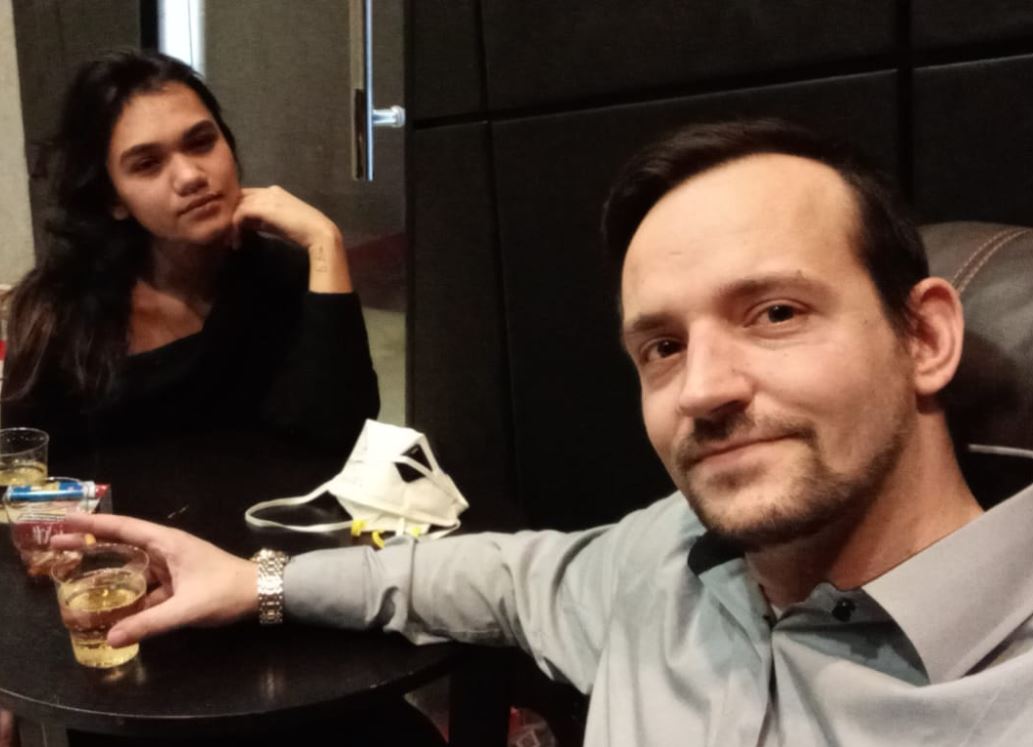Norris shines in training - Tsunoda creates shock moment in Jeddah!
Lando Norris sets the best time in the second training session in Jeddah, while Tsunoda fails after an accident.
Norris shines in training - Tsunoda creates shock moment in Jeddah!
In the second training session for the Grand Prix of Saudi Arabia, Lando Norris set the best time. The McLaren pilot needed 1: 28.267 minutes on the demanding route in Jeddah and drove the fastest round of the session. Oscar Piatri, his teammate, followed in second place with a gap of 0.163 seconds. Max Verstappen from Red Bull achieved third place with 0.280 seconds, while Charles Leclerc took fourth place in Ferrari (+0.482 seconds). Carlos Sainz Jr. rounded off the top five and finished fifth with +0.675 seconds.
However, the training was overshadowed by an accident. Yuki Tsunoda, also at Red Bull, caused a crash when he hit the wall with his left front wheel shortly before the session ended. This led to the damage of his tie rod before struck hard against the opposite line limit. Despite the violent impact, Tsunoda was able to get out of his car independently. Helmut Marko from Red Bull made it clear that such accidents can happen in racing and took Tsunoda under protection.
progress and challenges
The session was briefly stopped by a red flag, which prevented the drivers from improving their places. The race management released the training again one minute before the end, but the course of the race remained unchanged until the end. The remaining time was mainly used by the pilots to practice testing under racing conditions. Among the other top ten, George Russell (7./Mercedes), Pierre Gasly (8./Alpine), Nico Hülkenberg (9./sauber) and Alex Albon (10./Williams).
Traffic problems affected several drivers during the high-speed session. Norris complained that he was stopped by Verstappen and critically turned to the race management because of the lack of communication. Alex Albon also had an almost collapse when he rose in a quick curve combination on Lewis Hamilton, but was able to dodge in good time.
safety aspects in focus
Security in motorsport is an everlapping topic, especially after accidents such as that of Tsunoda. Thanks to continuous improvements in the security structure of Formula 1, dangerous situations could often be defused. Historically speaking, numerous measures were taken to minimize the risk of the drivers, such as the introduction of crumple zones, improved passenger cells and systems such as the Hans system.
The FIA documents accidents in a special database to learn from past events and optimize security standards. These developments are crucial to reduce the number of accidents with serious injuries or even deaths. As the case of Brendon Hartley shows, modern safety precautions can save lives by displacing the physical forces that act in an impact.
Formula 1 has been intensively trying to improve security measures in recent years and have set many new standards that are now mandatory to ensure maximum security for drivers. Several security innovations, including the use of cylon materials and the Halo protection, are already integrated in modern cars.
The developments and measures underline the importance of security in racing and continuous progress that is necessary to properly master the challenges of the speed and route.
More details on the training and ongoing security measures can be found in the reports of Laola1 , Auto Motor und Sport .

 Suche
Suche
